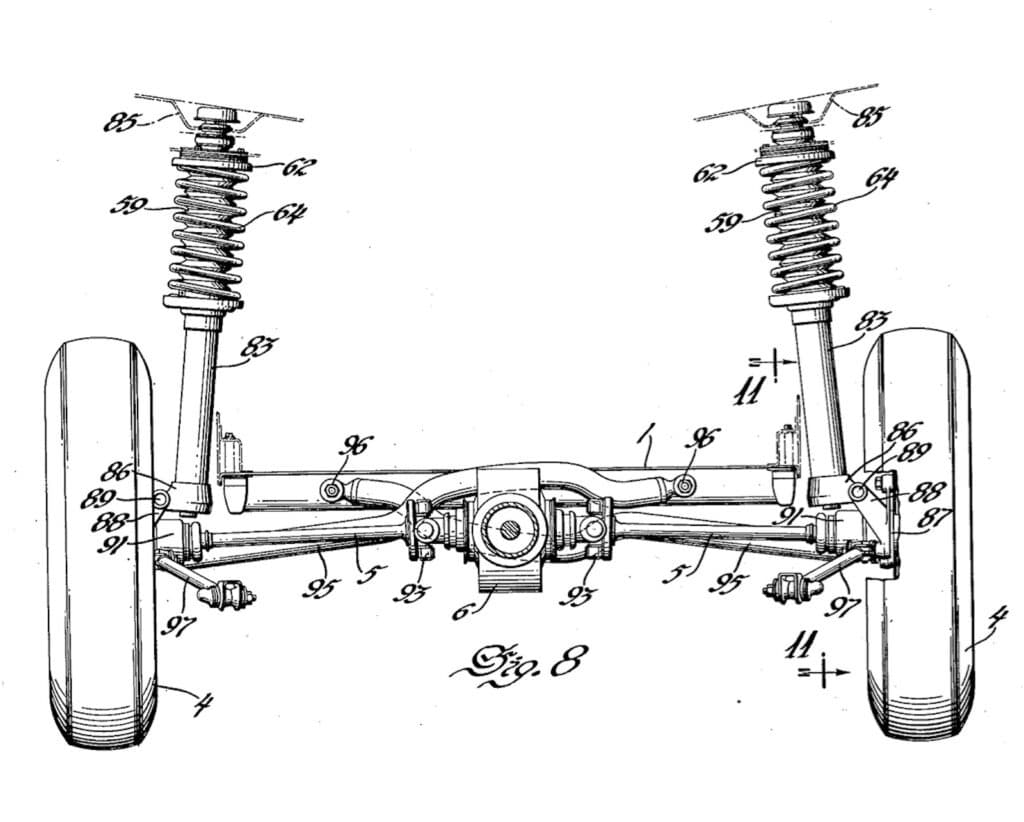
Most of the big components in an car date back a long time, or even much more than a century. The first inside combustion engine dates to 1860. The handbook transmission is almost as outdated. The initial computerized transmission came to market place in 1939.
And given that till the 1970s, most cars and trucks did not have a MacPherson strut suspension, you’d count on it to be a comparatively latest innovation, but you’d be improper. If simple fact, its genesis dates to Environment War II, and was perfected shortly thereafter.
This 7 days in 1947 Earle Metal MacPherson submitted a patent for his new car or truck suspension system, now recognized as the MacPherson strut suspension.
A lifetime automobile market engineer
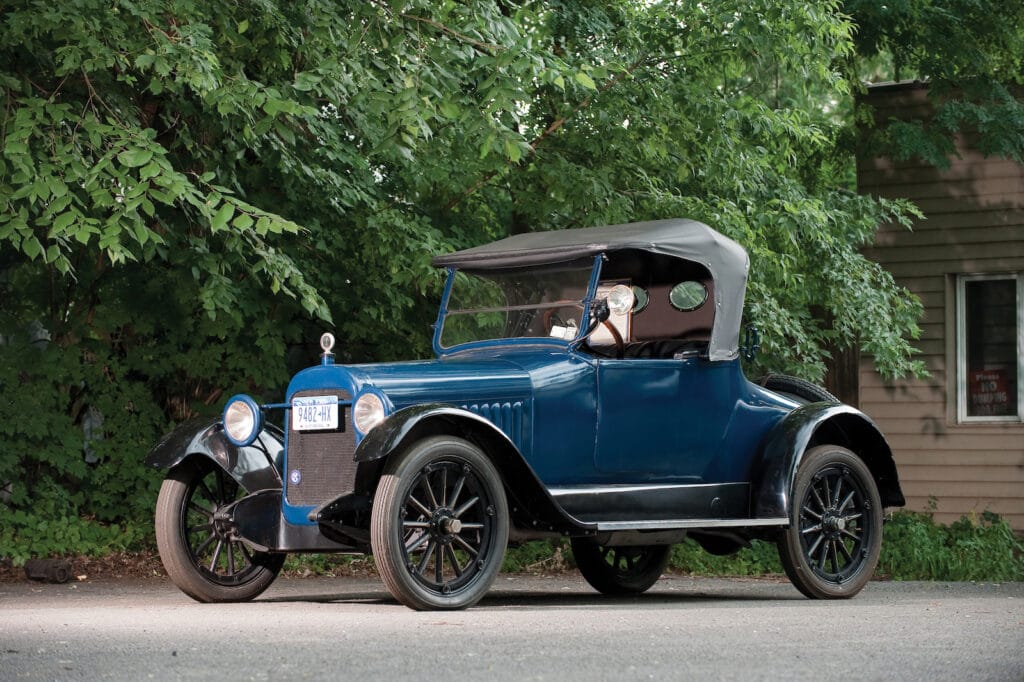
MacPherson’s job in the automotive sector started out soon after graduation from the College of Illinois in 1915, when he joined Detroit-based Chalmers Motor Car Co., a person of America’s more well known autos at the time. Right after serving in the U.S. Army for the duration of Entire world War I operating on plane engines, he returned to Detroit. But MacPherson didn’t rejoin Chalmers.
As an alternative, he landed at the Liberty Motor Automobile Co., launched in 1916, whose vice president, James Bourquin, arrived from Chalmers. The Liberty is an assembled motor vehicle using Continental engines fairly than proprietary ones. Regardless of some achievement, the company commences to falter as soon as they moved to a bigger manufacturing unit. MacPherson left in 1922, just as the enterprise commenced sliding into receivership.
He joined Huppmobile, where by he remained until finally 1934 when struggles amongst Hupp shareholders led him to General Motors’ central engineering workplace, eventually getting to be Chevrolet’s chief style and design engineer.
A novel postwar sedan
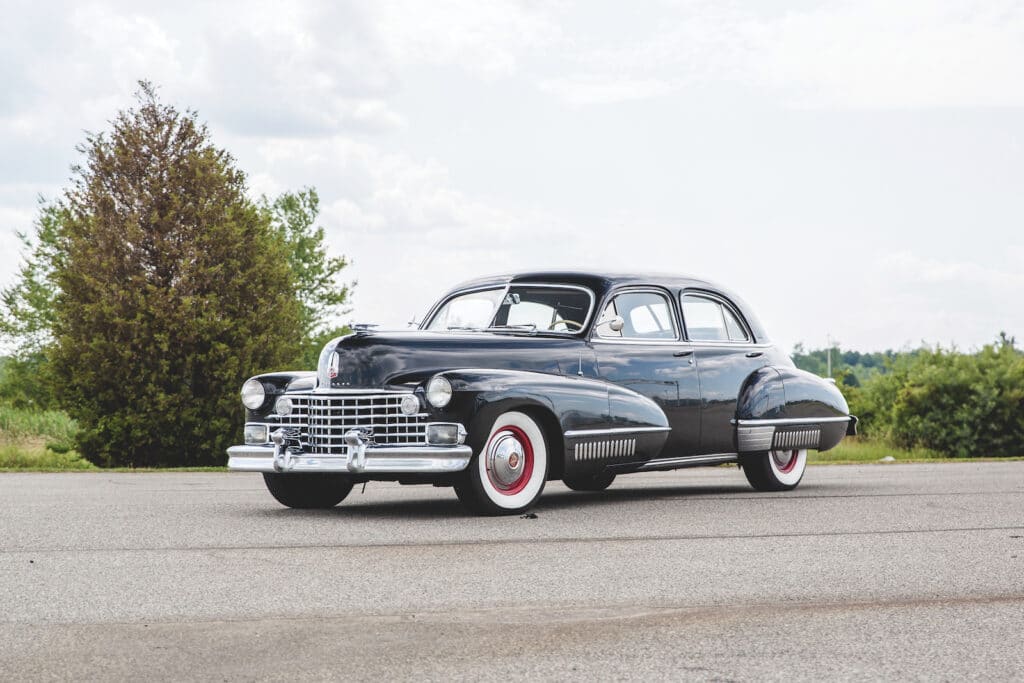
Through Planet War II, automakers were imagining about the postwar sector. Their only assistance came from Planet War I, which noticed a sudden deep economic downturn strike, seriously influencing automobile gross sales. Chevrolet professionals had been worried an financial system auto may be required. GM’s chairman, Alfred P. Sloan disagreed, stating the postwar financial system would convey prosperity. But he allow the job commence.
Identified as the Gentle Vehicle, the four-doorway sedan was specific to have a excess weight of 2,200 lbs. To arrive at that goal, MacPherson named for a 108-inch wheelbase, 8 inches fewer than present-day Chevrolets. Considering that it didn’t weigh substantially, it would not will need a big engine. So, a 2.1-liter inline 6 was specified, creating 61 horsepower, which was much more than adequate for the time.
Past reducing unsprung bodyweight, MacPherson wanted to make the auto as roomy as attainable. So MacPherson took a tricky seem at the car’s suspension.
A radical approach to a conventional trouble
Autos originally inherited their leaf spring suspensions from 19th Century horse carriages. Although they had highly developed from there, the MacPherson strut suspension proved novel.
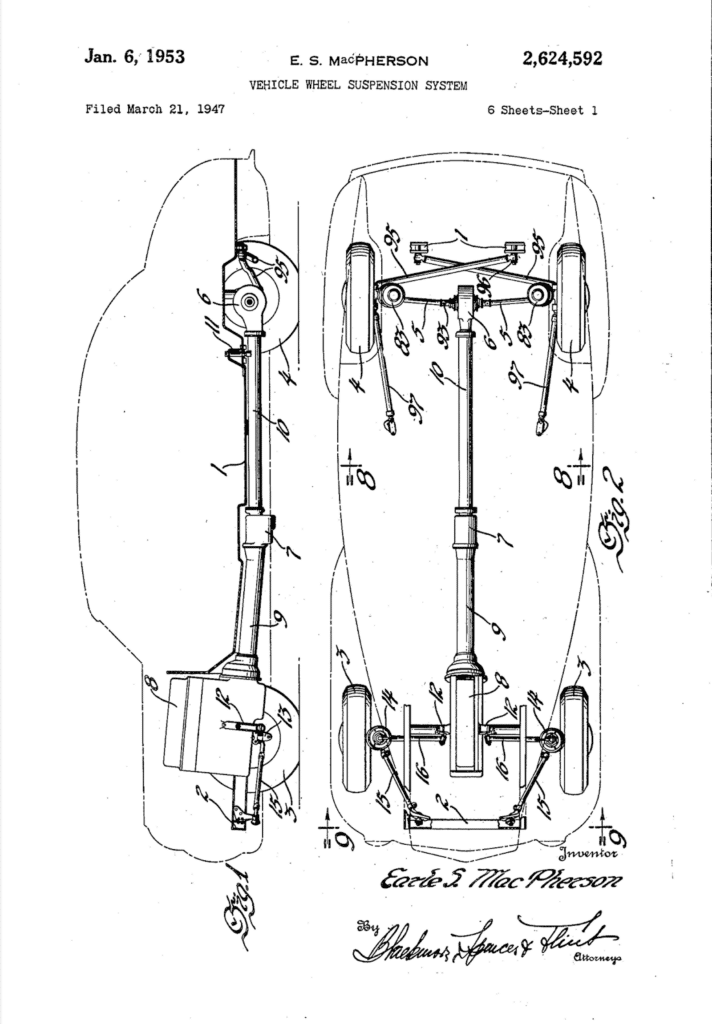
The strut itself is a mixture of spring and shock absorber. The bottom component of the strut one-way links to the wheel hub, though upper portion of the strut mounts to the human body, eradicating the need for an upper command arm. A lessen manage arm hyperlinks the bottom of the wheel hub to the entire body.
By doing away with the higher control arm, and mating the shock that rides involving the higher and reduce handle arms to an external spring, it frees up space for a entrance-wheel driveshaft. (This is why so numerous entrance-wheel and all-wheel drive cars and trucks use them far more than 7 many years later.) But the strut desired to mount to the entire body, necessitating MacPherson to use unibody design at a time when couple, if any, vehicles applied it.
With much less elements than classic suspensions, the new suspension weighed and charge significantly less however proved stable and effortless to adjust. It was also narrower and extra compact than classic suspensions, which freed up cabin space. For Chevrolet’s Mild Car or truck, now identified as the Cadet, it was applied at all four corners.
When the new car or truck underwent assessments at GM’s Milford Proving Grounds, its handling was not only greater than a Chevrolet, it was much better than a Cadillac.
What killed the Cadet?
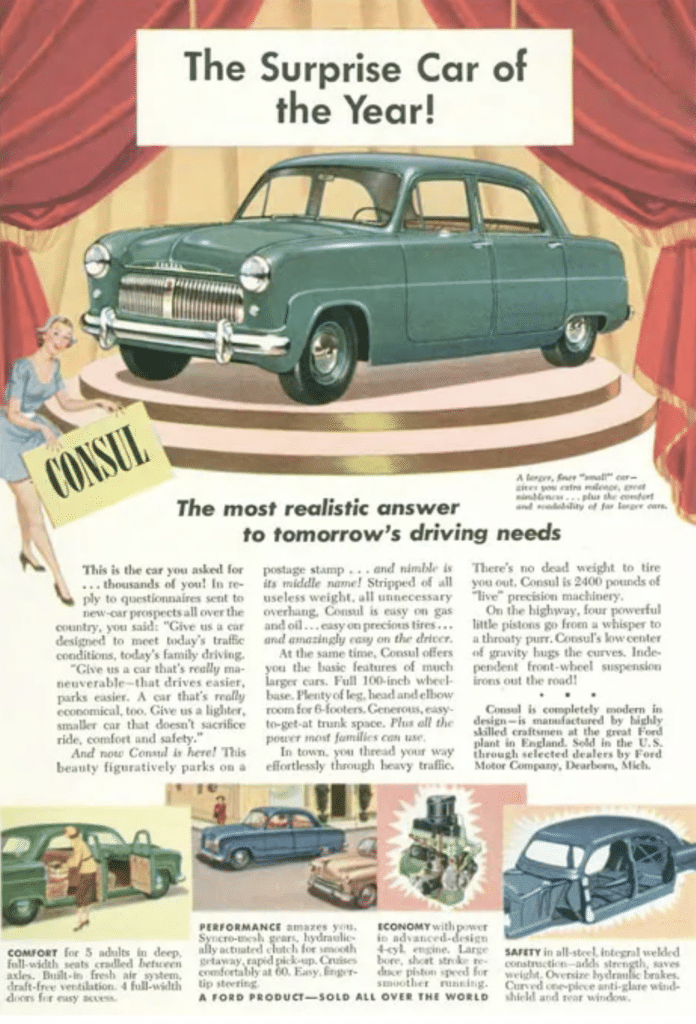
As is typically the circumstance, fantastic engineering frequently runs afoul of accounting, and so it was with the Chevrolet Cadet.
Basic Motors required to provide the Cadet for $1,000 or considerably less. But even at $1,000, the firm would have to manufacture 300,000 models to be successful. GM engineering vice president James M. Crawford insisted that the Cadet’s engineering be simplified and cheapened, and the venture was postponed in 1946 ahead of getting killed the subsequent yr. Alfred Sloan experienced proven prescient postwar prosperity and booming vehicle income negated the need to have for an economic system car or truck.
MacPherson jumped ship and went to Ford Motor Co., and filed a patent software for the new suspension, filing a refined variation two yrs afterwards.
In the stop, his suspension would debut on the 1949 Ford Vedette in France, followed by the Ford Consul and Zephyr in England. It would not look on a General Motors car until the 1980 Chevrolet Citation, when Common Motors relearned the classes it to start with pioneered, then turned down, 34 yrs earlier.
MacPherson would retire from Ford Motor Co. as engineering vice president, dying in Detroit in 1960 at the age of 69 yrs outdated.
